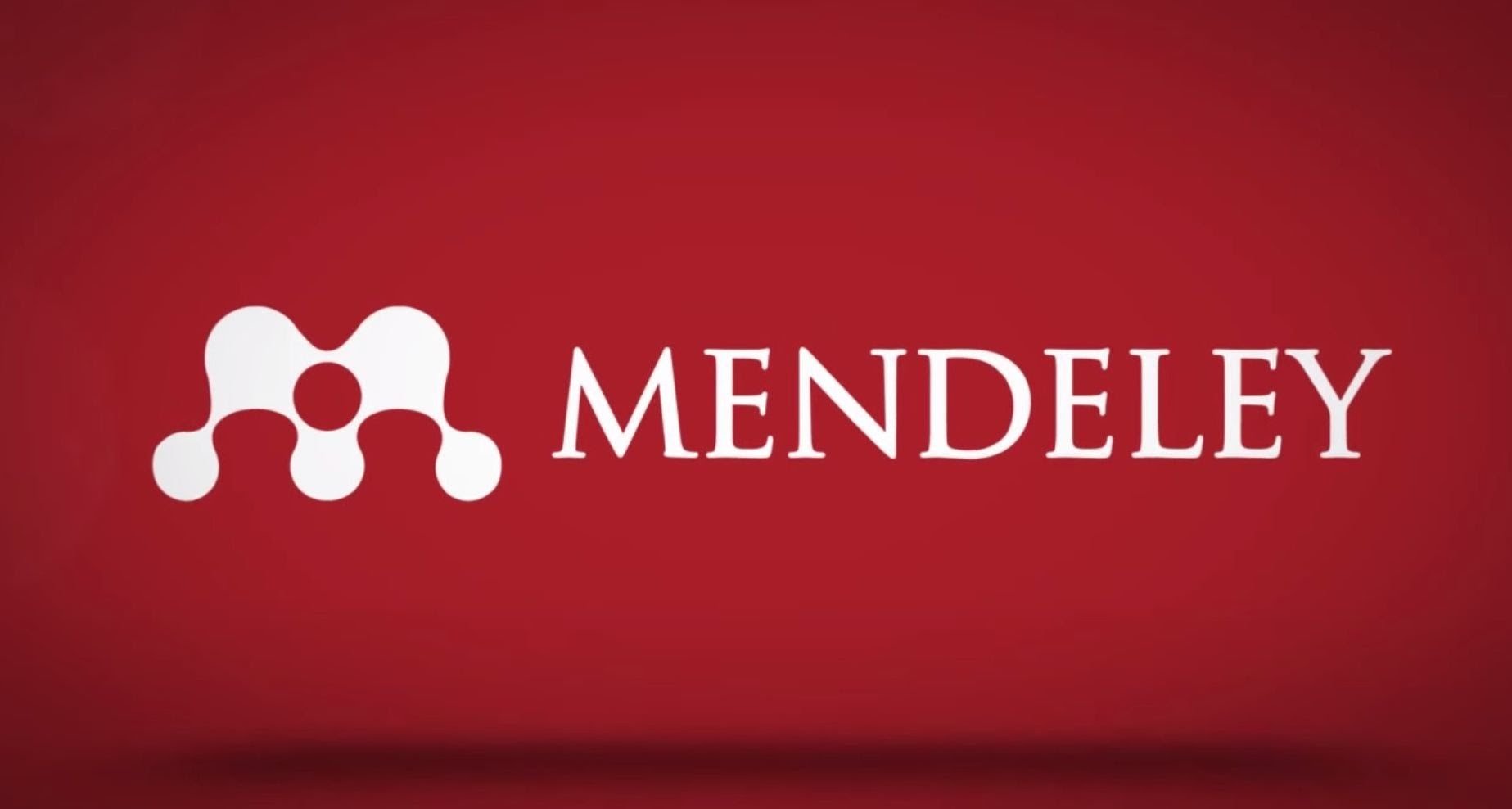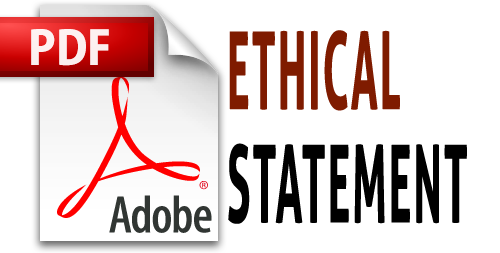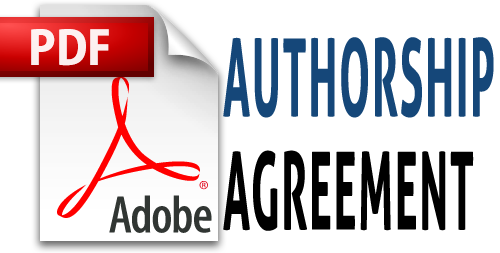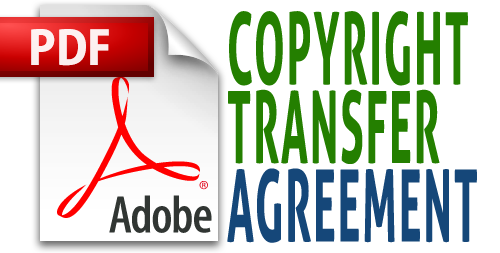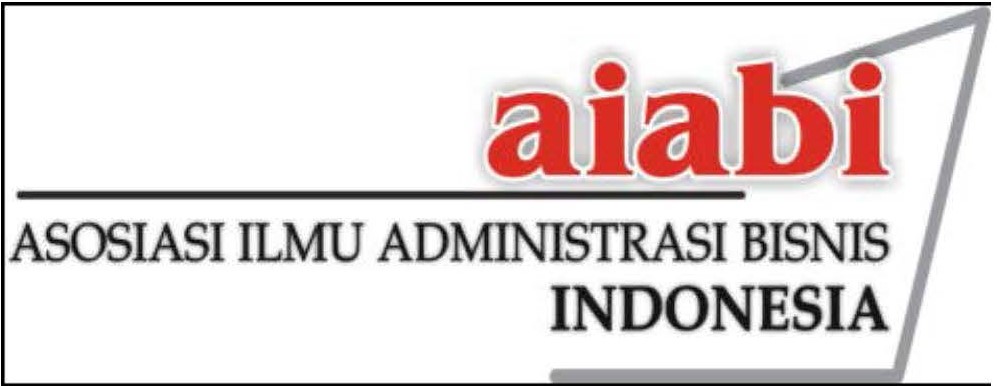SOCIAL RETURN ON INVESTMENT (SROI) PROGRAM “SENTRA INDUSTRI BUKIT ASAM” (SIBA) DUSUN BATIK KUJUR TANJUNG ENIM
Abstrak
The Corporate Social Responsibility (CSR) activities carried out by companies should ideally be a social investment for them. The activities should not necessarily be aimed to meet their responsibilities since it would only bring a short-term good reputation and even potentially be a threat for them in the future. Indeed, as a social investment, the Corporate Social Responsibility (CSR) activities that are run for a long time will provide them with a business ‘change’ or ‘return’ in the form of profit for the company. The method used to measure the social impact of the CSR activities was Social Return on Investment (SROI) which not only could calculate the value of profits in the form of money, but included a broader concept covering social, economic and environmental values. The results of this study reveal that Sentra Industri Bukit Asam (SIBA) Batik Kujur Program that was initiated based on culture (history) has produced economic and business values for service users in the society. This resulted in a social investment impact value in the form of SROI Ratio of 5.39, which means that for every investment made by PTBA with Rp. 1,- they will get impact or benefit worth Rp. 5.39,-. Therefore, it can be seen from the social and economic values that the Sentra Industri Bukit Asam (SIBA) Batik Kujur Program is feasible and successful.
Kegiatan corporate social responsibility (CSR) yang dilakukan perusahaan idealnya dilaksanakan sebagai sebuah investasi sosial, bukan sekedar kegiatan yang bersifat sementara untuk menunjukkan tanggung jawab saja, karena hal demikian hanya akan mendatangkan citra baik sesaat dan akan menjadi ancaman bagi perusahaan di kemudian hari. Sebagai sebuah investasi sosial, pelaksanaan kegiatan CSR dalam jangka panjang akan mendatangkan “kembalian” (return) bisnis berupa profit bagi perusahaan. Metode yang digunakan untuk mengukur dampak sosial dari kegitan CSR adalah dengan menggunakan social return on investment (SROI) yang tidak hanya menghitung nilai keuntungan berupa uang saja, melainkan mencakup konsep yang lebih luas yaitu meliputi nilai sosial, ekonomi dan juga lingkungan. Hasil kajian menunjukkan bahwa Program Sentra Industri Bukit Asam (SIBA) Batik Kujur yang diinisiasi dengan berbasis pada budaya (sejarah) telah menghasilkan nilai ekonomi dan bisnis bagi masyarakat penerima program, yaitu menghasilkan nilai dampak investasi sosial berupa SROI Rasio sebesar 5,39 artinya bahwa setiap investasi yang dilakukan oleh PTBA sebesar Rp. 1,- memperoleh dampak atau manfaat senilai Rp. 5,39,-. Bila ditinjau dari sisi sosial dan ekonomi, maka program Sentra Industri Bukit Asam (SIBA) Batik Kujur dapat dikatakan layak dan berhasil.
Kata Kunci
Teks Lengkap:
PDFReferensi
Badan Pusat Statistik. (2018). Kabupaten Muara Enim Dalam Angka 2018. Muara Enim: CV. Vika Jaya
Brouwers, J., Prins, E., Salverda, M. Herder, J, and Reynolds, E. (2010). Social Return on Investment: A Practical Guide for the Development Cooperation Sector. Utrecht: Context, International Cooperation.
Cahya, B. T. (2014). Transformasi Konsep Corporate Social Responsibility (CSR). Iqtishadia. Vol. 7 No. 2. September 2014. Hlm. 203-222
Cektarif.com. (n.d.). Retrieved Oktober 8, 2019. from https://cektarif.com/ongkir-jne-yogyakarta-ke-lawang-kidul-tj-enim-mr-enim-1kg-2019.html
Gray, R.H. (1990), Corporate Social Reporting by UK Companies: A Cross-Sectional and Longitudinal Study an Interim Report. Draft/Working Paper.
Gray, Rob, Reza Kouhy, and Simon Lavers, (1993). Social and Environmental Reporting by UK Companies: A Longitudinal Study. A Tale of Two Samples. The Construction of a Research Database and An Exploration of the Political Economy Thesis, Unpublished paper.
Guthrie, J. and L.D. Parker, (1990), “Corporate Social Disclosure Practice: A Comparative International Analysis”, Advances in Public Interest Accounting, Vol. 3, pp. 159-175
Haniffa, R.M., dan T.E. Cooke, (2005), The Impact of Culture and Governance on Corporate Social Reporting, Journal of Accounting and Public Policy 24, pp. 391-430.
Jalal dan Kurniawan, F. (2013). Investasi Sosial: Perspektif CSR Strategis untuk Pengembangan Masyarakat oleh Perusahaan. Social Investment Indonesia: The Indonesian Social Investment Forum.
Kiroyan, Noke, (2006). Good Corporate Governance (GCG) dan Corporate Social Responsibility (CSR) Adakah Kaitan di Antara Keduanya?”, Economics Business Accounting Review, Edisi III, SeptemberDesember 2006, Hal. 45-58. Pang, Y. H. 1982. Financial Reporting: Disclosures of Corporate Social Responsibility,raharjo The Chartered Accountant in Australia, July, 1982, pp. 32-34.
Purwohedi, Unggul. (2016). Social Return On Investment (SROI): sebuah teknik untuk mengukr manfaat/dampak dari sebuah program atau proyek. Yogyakarta: Leutikaprio
Raharjo, S. T. (2019). Laporan Social Return on Investment SIBA Batik Kujur Dusun Tanjung Enim. Kerjasama PT. Bukit Asam, Tbk. dengan Pusat Studi CSR, Kewirausahaan Sosial dan Pengembangan Masyarakat Universitas Padjadjaran.
Rusdin. (2016). Corporate Social Responsibility (CSR) Disclosure and the Implications of Earning Response Coefficient (ERC). Jurnal AdBispreneur. Vol. 1 No. 2 Agustus 2016. Hlm. 153-164
Santoso, M.B., Rivani, Ismanto, S.U., Mumajad, I. dan Mulyono, H. (2018). Penilaian Dampak Investasi Sosial Pelaksanaan CSR Menggunakan Metode Social Return on Investment (SROI)
Sayekti, Yosefa (2006), “Determinan Pengungkapan Informasi Corporate Social Responsibility (CSR) dalam Laporan Tahunan Perusahaan (Suatu Usulan Studi Empiris pada Perusahaan yang Terdaftar di Bursa Efek Jakarta), Tugas Mata Kuliah Seminar Doktoral Akuntansi Keuangan, Tidak Dipublikasikan, Program Pascasarjana Ilmu Akuntansi, FEUI.
Scholten, P., Nicholls, J. Olsen, S. and Galimidi, B. (2006). Social Return on Investment: a guide to SROI Analysis. Amstelveen: Lenthe Publishers
DOI: https://doi.org/10.24198/adbispreneur.v5i1.26069
Refbacks
- Saat ini tidak ada refbacks.


